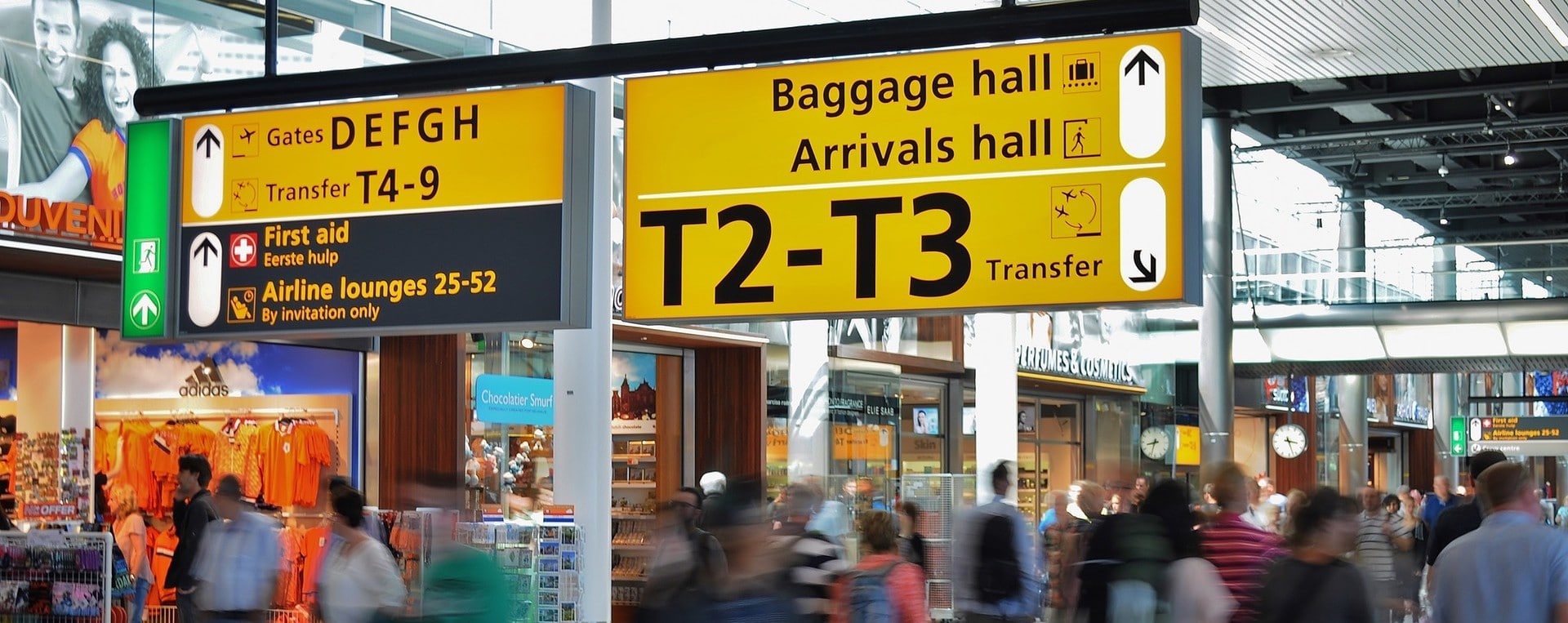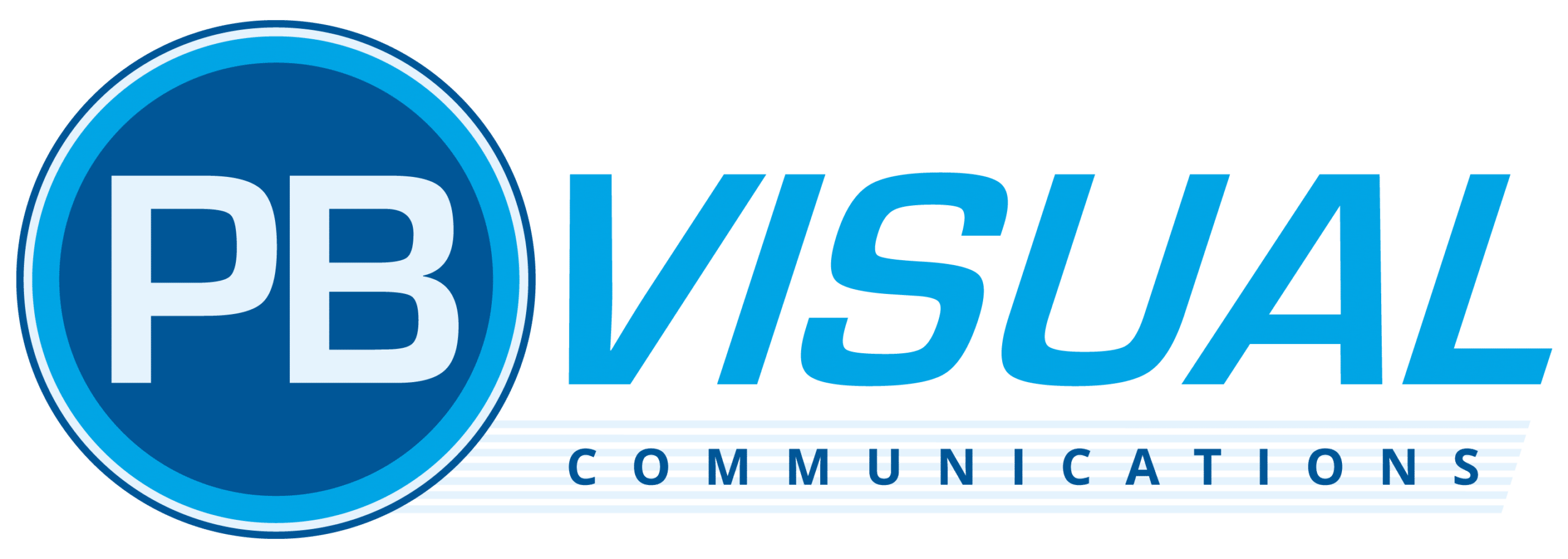
24 Sep Key Principles for Signage in Public Places
There is a big difference between signage for commercial areas and signage in public places, writes PB Visual Communications’ Paul Montesi.
Often people have just a few seconds to identify the shop or service they are looking for, therefore the commercial sign has to reflect this in its design. Signage in public places have a different role, while always attempting to engage the person, the greater responsibility for public signage is to identify, communicate, engage and guide the public.
How to approach new or refurbished signage in public places
The role of a good signage system is to provide effective communication including providing direction and identification.
While some basic principles apply, it is important to recognise that signage in public places has a multi-faceted role, often with limitations including size and location.
While a business in a commercial area may be able to advertise using large illuminated and 3D signage (highly visible from the passing traffic), often public signage is restricted in size, location, amount of information to be communicated and cost factors.
Therefore it is essential to understand the process of developing and designing an effective signage system for public places.
The key steps
PURPOSE
Decide on the aims and purpose of the signage system to be developed. Determine what function it is to serve, whom it is to serve and the kinds of information to be communicated.
SURVEY EXISTING CONDITIONS
The new signage system may be totally new or will be built on or add to what already exists. If there is an existing system in place determine what works well and what needs upgrading. A detailed review of symbols and codes are required as these elements are constantly changing.
Seek feedback from the key stakeholders of the signage system; these can include the instigators of the signage system, which may be a Government department (management and staff), recreation body or not-for-profit organisation. Ensure all user groups are involved which includes the public for feedback which will influence the design of the new sign system.
UNDERSTAND WHO WILL BE THE USERS
This is best achieved by taking a walk along the paths and locations frequented by the different users – visitors, tourists, bicycle riders, delivery personnel, residents, workers, families, older people, wheelchair users, frequent and infrequent users etc. Make observations on these different types in order to understand the way people make decisions and how they enter and move throughout the space.
Also speak to maintenance staff as to how the signage stands up under all conditions, which could also impact safety.
Pay particular attention to recurring problems including vandalism and conflicts between visitor types.
UNIQUE ASPECTS
Consider and identify any unique aspects of the history or culture in or around the selected location that might contribute to a sense of place, nurture local pride and stimulate learning about the area. This could include unique elements of architecture, natural features and also historical events.
EVALUATE AND TEST
Do a brief test on the signage systems proposed, have you responded to the feedback accurately? How well have the messages and design been presented? Evaluate the effectiveness of the new proposal against the original purpose and user’s needs.
Common sign types for public places
MAPS
Maps can be at entry points, within the boundaries of the place and also set locations within the space. As well as helping the user know where they are, maps also help to enhance the users knowledge, curiosity and interest. Maps assist with highlighting points of interest.
INFORMATION BOARDS
Information boards are often flexible notice boards where messages can be updated at short notice. Especially important when users use only a small space, these signs can inform the visitor of information they would not normally receive. Touch screens are becoming common for this task as they can be updated from external locations, away from the public space.
EDUCATIONAL SIGNS
Can be used as a ‘fun’ way to engage people or unique aspects about the area. Always consider the audience, as the message needs to be relevant to the user.
DIRECTIONAL SIGNAGE
Directional signage is located strategically to serve users and help them keep their bearings. Directional signage helps the user feel safe and secure. It can be incorporated to highlight landmarks or other points of interest.
With over 20 years of sign and design experience, talk to PB Visual Communications. From design and production through to installation, we take care of the full process.
Contact us here at PB Visual for a no obligation discussion about your needs. We welcome your call at 1300 441 571.

